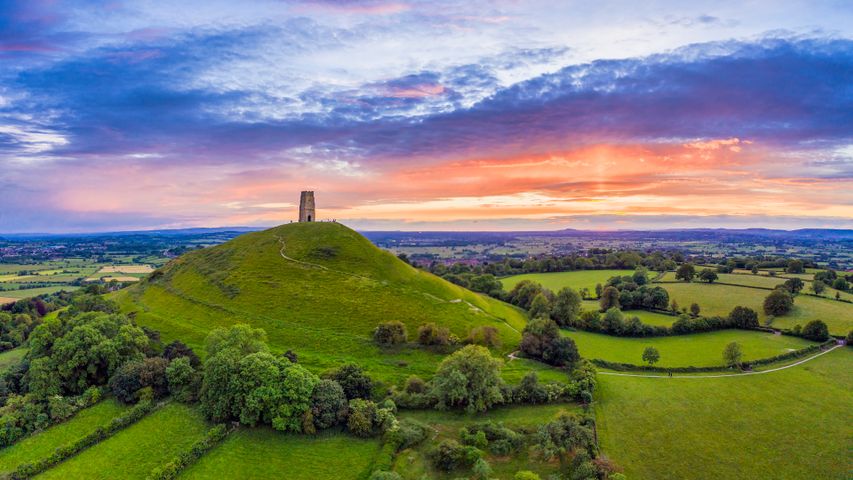Southern cassowary, Queensland, Australia
© Martin Willis/Minden Picture
Southern cassowary
Today we’re venturing into a tropical forest in Queensland, Australia to visit the southern cassowary, the largest of three species of this flightless bird. The cassowary, like this doting father and his chicks, is known by many as the world’s most dangerous bird because of its sharp, dagger-like claws and aggressive behavior. In the wild, adult birds are so belligerent that they have no natural predators.
They are solitary birds, and once a mother cassowary lays eggs, she abandons the family and moves on to start another. The male then takes responsibility, sitting on the eggs for upwards of 50 days, making sure to add or remove nesting material to keep their home at the perfect temperature. Upon hatching, chicks can stay in the nest for nine months. Once his children come of age, papa cassowary chases them away and gets ready to do it all again.
Cassowaries are a keystone species, meaning many other animals and plants depend on them. While cassowaries are carnivores, sometimes eating small rodents, they mostly feed on fruit that has fallen to the forest floor. They then disperse the intact seeds in their droppings. Due to their large size, many trees depend entirely upon cassowaries to reproduce and spread.
Related Images
Bing Today Images





 Cize-Bolozon viaduct crossing the Ain gorge, France
Cize-Bolozon viaduct crossing the Ain gorge, France
 St. Michael's Church Tower on Glastonbury Tor, Glastonbury, Somerset, England
St. Michael's Church Tower on Glastonbury Tor, Glastonbury, Somerset, England
 Masai giraffe mother grooming her calf in the Serengeti, Tanzania
Masai giraffe mother grooming her calf in the Serengeti, Tanzania
 Lesser rhea adult male with chicks, Torres del Paine National Park, Patagonia, Chile
Lesser rhea adult male with chicks, Torres del Paine National Park, Patagonia, Chile
 Cinque Torri, Dolomites, Italy
Cinque Torri, Dolomites, Italy
 Aerial view of Everglades National Park, Florida, United States
Aerial view of Everglades National Park, Florida, United States
 Common pheasant, Normandy, France
Common pheasant, Normandy, France
 Butchart Gardens in Brentwood Bay, British Columbia, Canada
Butchart Gardens in Brentwood Bay, British Columbia, Canada

